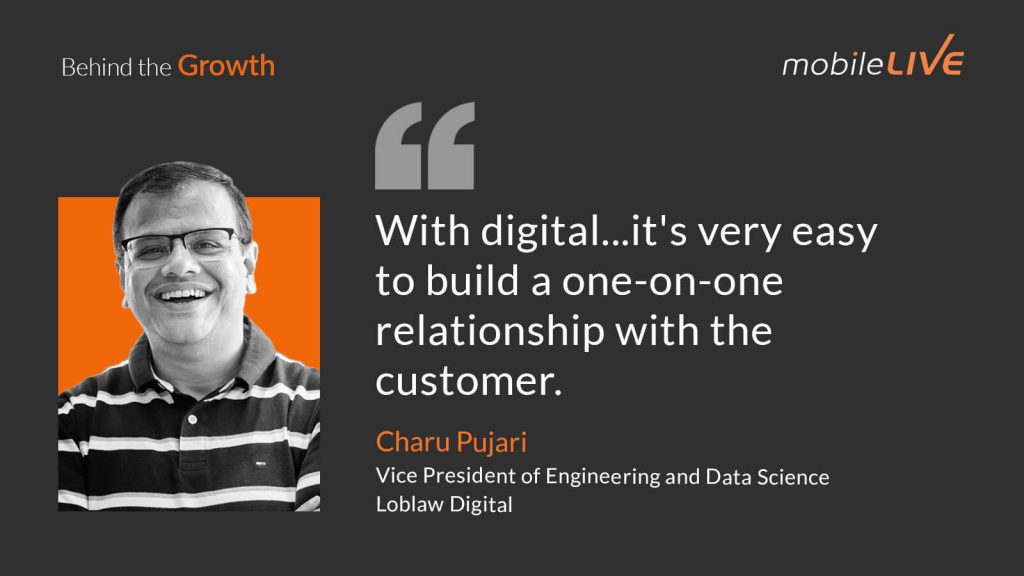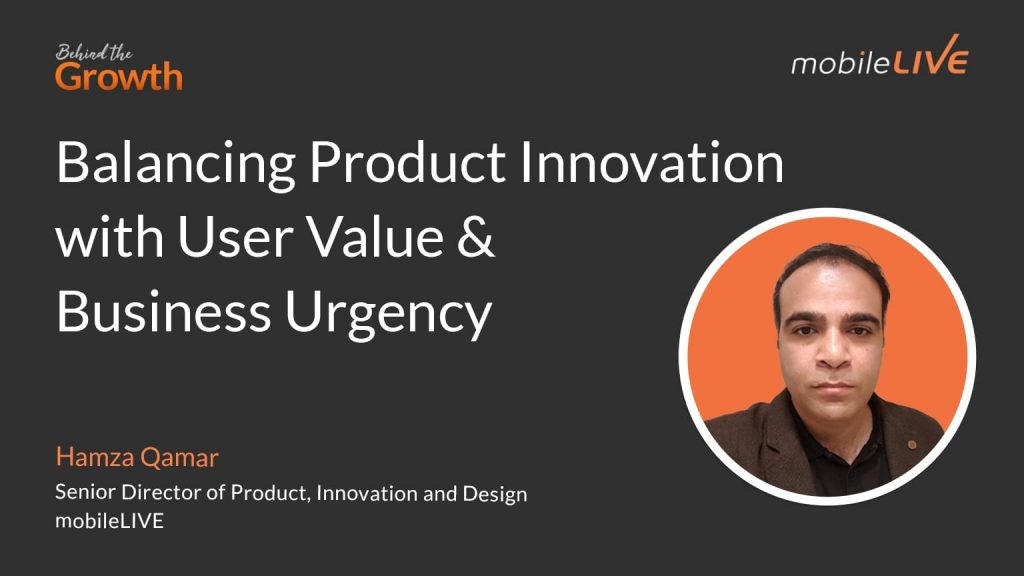Key Insights
Engineer for Scale from the Start
When building consumer-facing systems, scale cannot be treated as a phase two problem—it must be foundational. Charu shares a formative experience where the attempt to build a personalization platform without planning for scale led to a flawed architecture. Performance, reliability, and scale must be designed into the system from the outset—not bolted on later. It is critical to invest in scalable architecture early, especially when systems are expected to serve millions of users and power real-time experiences. It’s not just about uptime—it’s about making sure the technical foundation can evolve with the business and customer needs. Poorly scaled systems slow down teams, limit innovation, and erode user trust. Building for scale from day one is not an engineering preference—it’s a leadership imperative.
Agility Requires Replatforming, Not Just Process Change
Driving innovation in large enterprises isn’t just about being faster—it’s about enabling speed structurally. Digital agility isn’t achieved through process improvement alone—it often requires serious architectural work. Teams can only move as fast as their platforms allow. Charu reflects on his experience at Loblaw Digital, where he led a complete re-architecture of the company’s digital platform, called Helios, to enable composability and rapid experimentation. This shift wasn’t cosmetic—it was about creating the technical conditions for agility. The ability to reconfigure experiences quickly, test with users, and deploy at speed gives organizations a competitive edge that procedural agility alone can’t match.
Personalization Is No Longer a Feature—It’s Infrastructure
Personalization is no longer a tactic, it’s the core infrastructure of modern customer engagement. From pricing and promotions to content and recommendations, personalization must adapt in real-time to user needs and preferences. Sharing his view on merchandising and digital experience design, Charu described how his team is designing systems that can identify what a customer is likely to want, at what price point, and with what offer—at scale. This level of 1:1 engagement is only possible with strong data foundations, machine learning capabilities, and seamless integration across the tech stack.

Episode Highlights
From Tinkering to Leadership
Charu traces his early interest in technology back to tinkering with QBasic on a home PC, long before he entered engineering formally. What makes the moment compelling is how he frames his journey—not as a straight line, but as hands-on curiosity evolving into strategic leadership.
“I was always a tinkerer… I used to tinker a lot with software at the time… and as I was doing manufacturing, I was like, OK, I can actually use lots of different types of computer systems for industrial automation, robotics, and things like that.”
Learning Engineering by Doing It Live
Charu describes being asked to migrate Paytm’s entire authentication system despite not having a pure engineering background. Rather than stepping back, he leaned into the challenge—and discovered he could thrive in high-stakes tech delivery by figuring things out as he built.
“They asked me to do pure engineering to migrate their entire authentication system. I was like, I have no idea how to do that, but we’ll figure it out.”
When Tariffs Spark Innovation
In response to new tariffs, Charu’s team launched a “Made in Canada” product feature across Loblaw’s banner sites—in just 72 hours. It wasn’t a campaign; it was a demonstration of how internal agility can respond directly to customer interest and policy changes.
“After the tariffs were announced… from when we decided we will do it and from when we did it, it was like 72 hours.”
The Risk of Premature Perfection
Charu pushes back on the enterprise tendency to over-engineer during discovery. He stresses that the best solution surfaces through real-world feedback, not prolonged internal debate—and that agility means getting something in customers’ hands early.
“There is no just right solution. The right solution comes when it actually goes in hands of the customers and you have to listen to them.”
Media, Loyalty, and the Symphonic Fit
Charu reframes retail media not as a bolt-on monetization tactic but as a piece of the customer experience puzzle. If the content, product, and value align with the user’s needs, it creates a resonant, frictionless moment that benefits everyone—brand, retailer, and customer.
“When media starts fitting in perfectly in that puzzle… that’s when the symphony happens.”







